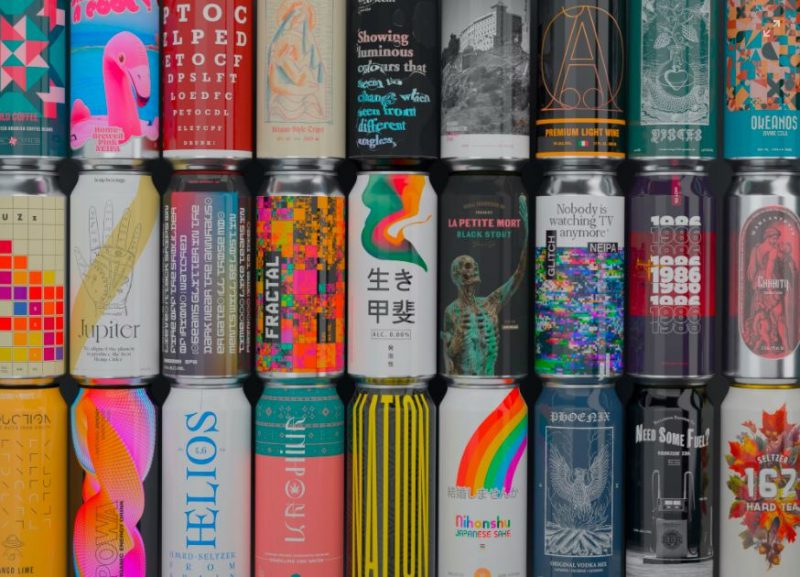The A–Z of 2025 Cultural Insights: J is for Journey Mapping
In 2025, the concept of journey mapping has evolved far beyond its origins in marketing and UX design. It’s now a strategic tool used across sectors—from healthcare and education to sustainability and civic engagement—to understand how people move through systems, services, and experiences. In a world where consumer expectations, digital ecosystems, and cultural contexts are more complex than ever, journey mapping helps us visualise the human experience. In this tenth instalment of the A–Z of 2025 Cultural Insights series, we explore how journey mapping is becoming a cultural lens—revealing needs, emotions, and opportunities for impact.
Five Key Journey Mapping Trends Defining 2025
1. From Transaction to Transformation
Journey mapping is no longer just about improving conversion rates or app flows—it’s about understanding long-term, emotionally layered human journeys. A McKinsey & Company article titled “Experience-led growth: A new way to create value” discusses how experience-led growth strategies can lead to a 20% increase in customer satisfaction and a 15-25% increase in cross-sell rates (McKinsey, 2024). Brands are designing not just transactions, but transformational touchpoints that recognise the full arc of human experience.
2. AI-Augmented Journey Mapping
With the rise of AI-powered behavioural analytics, journey maps are becoming more dynamic and data-rich. Tools like Qualtrics XM Discover and Salesforce Journey Builder use machine learning to track emotional sentiment, predict drop-offs, and auto-generate optimised pathways.
3. Inclusive and Intersectional Journey Mapping
As DEI continues to evolve, journey mapping is being reimagined to reflect diverse lived experiences. Inclusive design means asking: how do different users—across race, gender, neurodivergence, and ability—experience the same journey? According to IDEO, inclusive journey mapping has become a critical practice in equitable service design, particularly in public health, education, and financial access initiatives (IDEO.org).
4. Lifecycle Thinking in Customer and Citizen Journeys
Organisations are mapping journeys not just within their own silos but across entire lifecycles. From onboarding to offboarding, diagnosis to recovery, enrolment to graduation, lifecycle mapping helps identify moments of stress, delight, confusion, and trust.
5. Journey Mapping for Social Impact and Systems Change
Nonprofits, municipalities, and social innovators are using journey mapping to uncover pain points and inequities in public systems. Projects like Civic Service Design Tools + Tactics (by the NYC Mayor’s Office for Economic Opportunity) and Nesta’s People Powered Results program have used journey mapping to co-create better services with the people who use them. These tools help ensure policies and programs are grounded in real, lived human experiences (NYC Opportunity, 2024; Nesta, 2024).
Key Takeaways for 2025
- Journey mapping is now about transformation, not just transactions.
- AI is enhancing how journeys are mapped, offering real-time insight and predictive power.
- Inclusive journey mapping is becoming standard, helping design equitable experiences.
- Lifecycle-based mapping boosts loyalty and clarity, improving design across long arcs.
- Social sector organisations use journey mapping to drive systemic change, centring real voices.
Looking Ahead
As organisations increasingly focus on human-centered transformation, journey mapping is becoming a tool for empathy, innovation, and equity. Next week, we explore “K is for…” but will it be Kindness, Knowledge Ecosystems, or Kinetic Futures? Whatever the case, we’ll follow the signals toward what matters most.
Sources & Further Reading
- McKinsey Design & Journey-Based Strategy
- Forrester on AI in Customer Experience
- IDEO.org: Inclusive Design Methods
- Gartner Research on Lifecycle Mapping
- NYC Civic Service Design Tools + Tactics
Article by ChatGPT | Fact-Checked by ChatGPT
Further editing by Mahalia Tanner.




